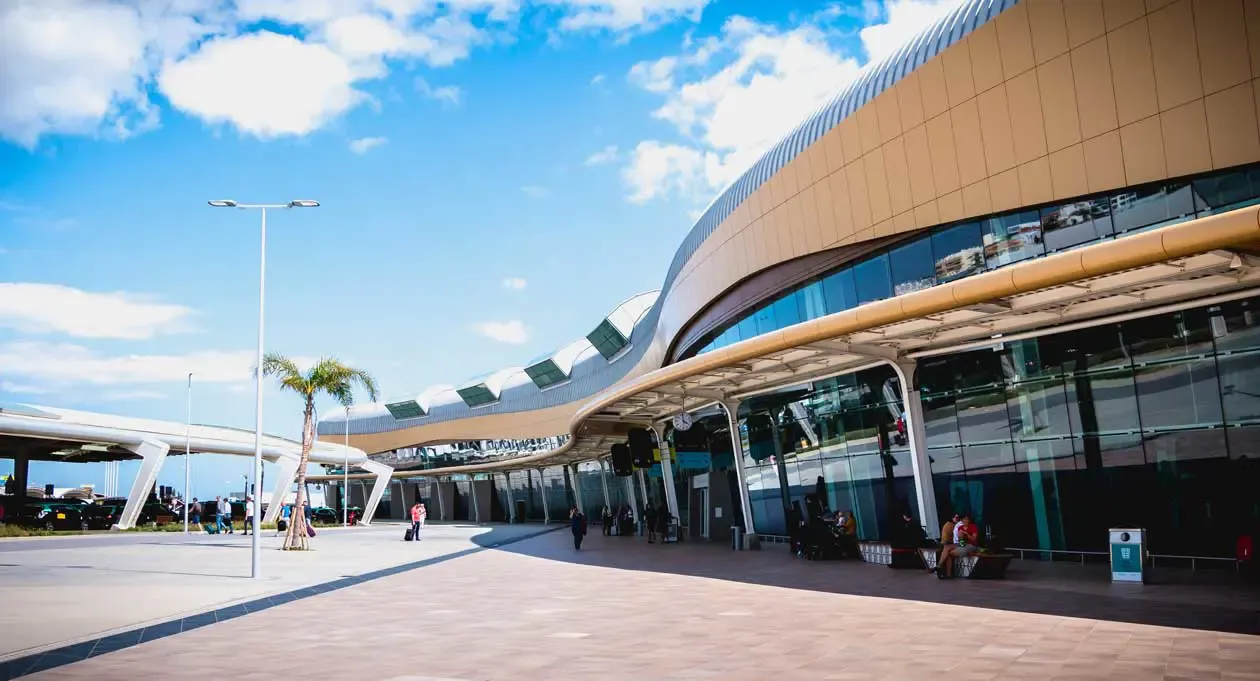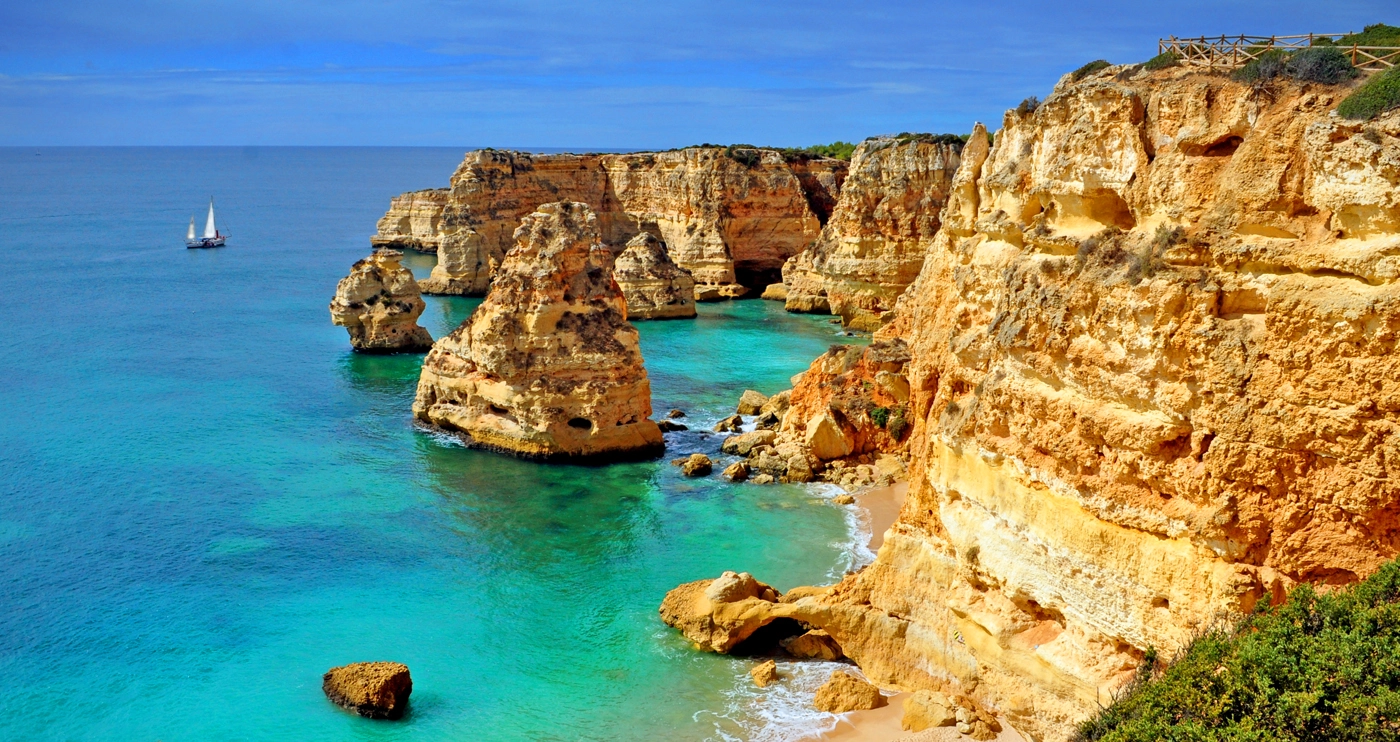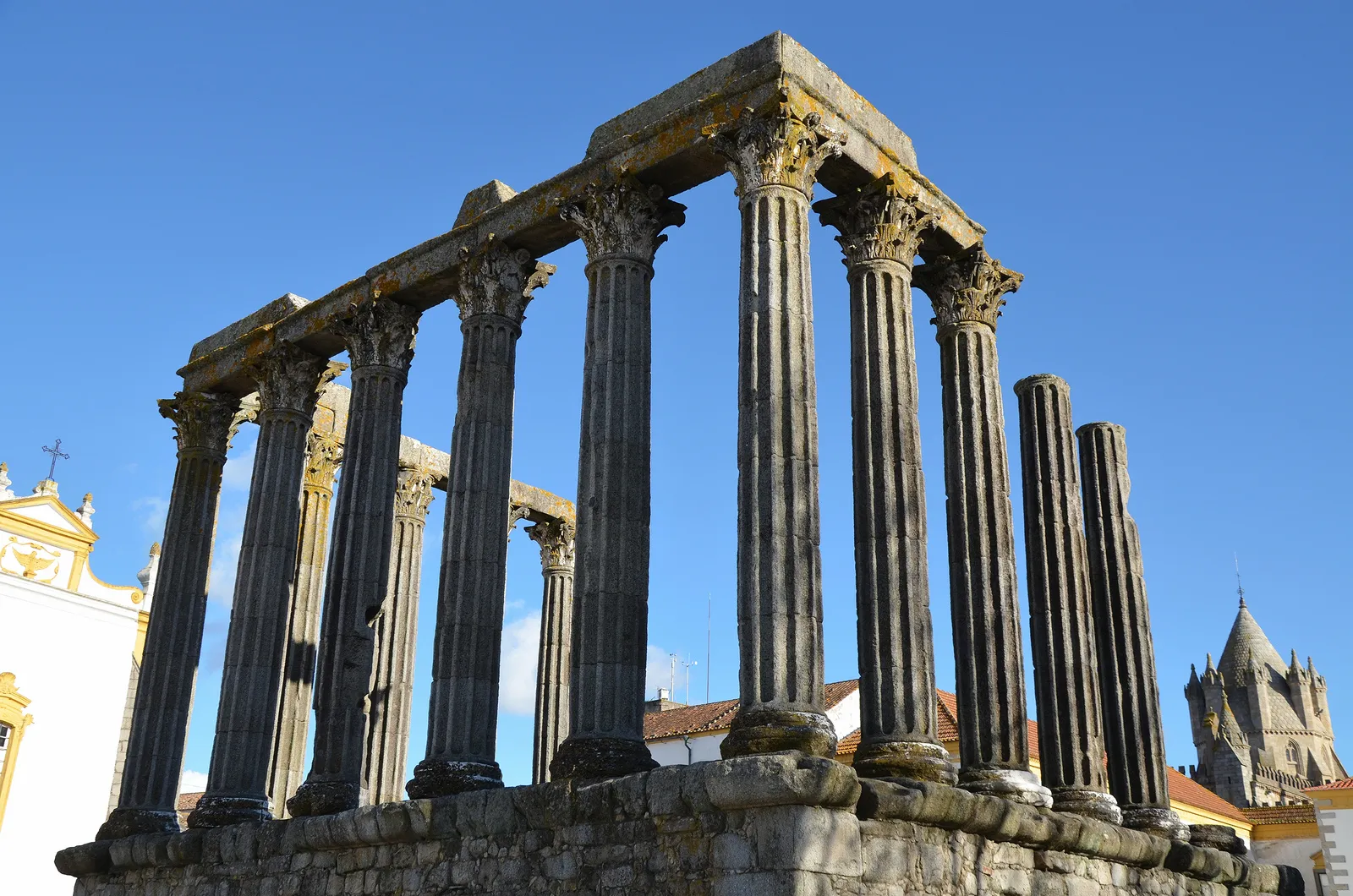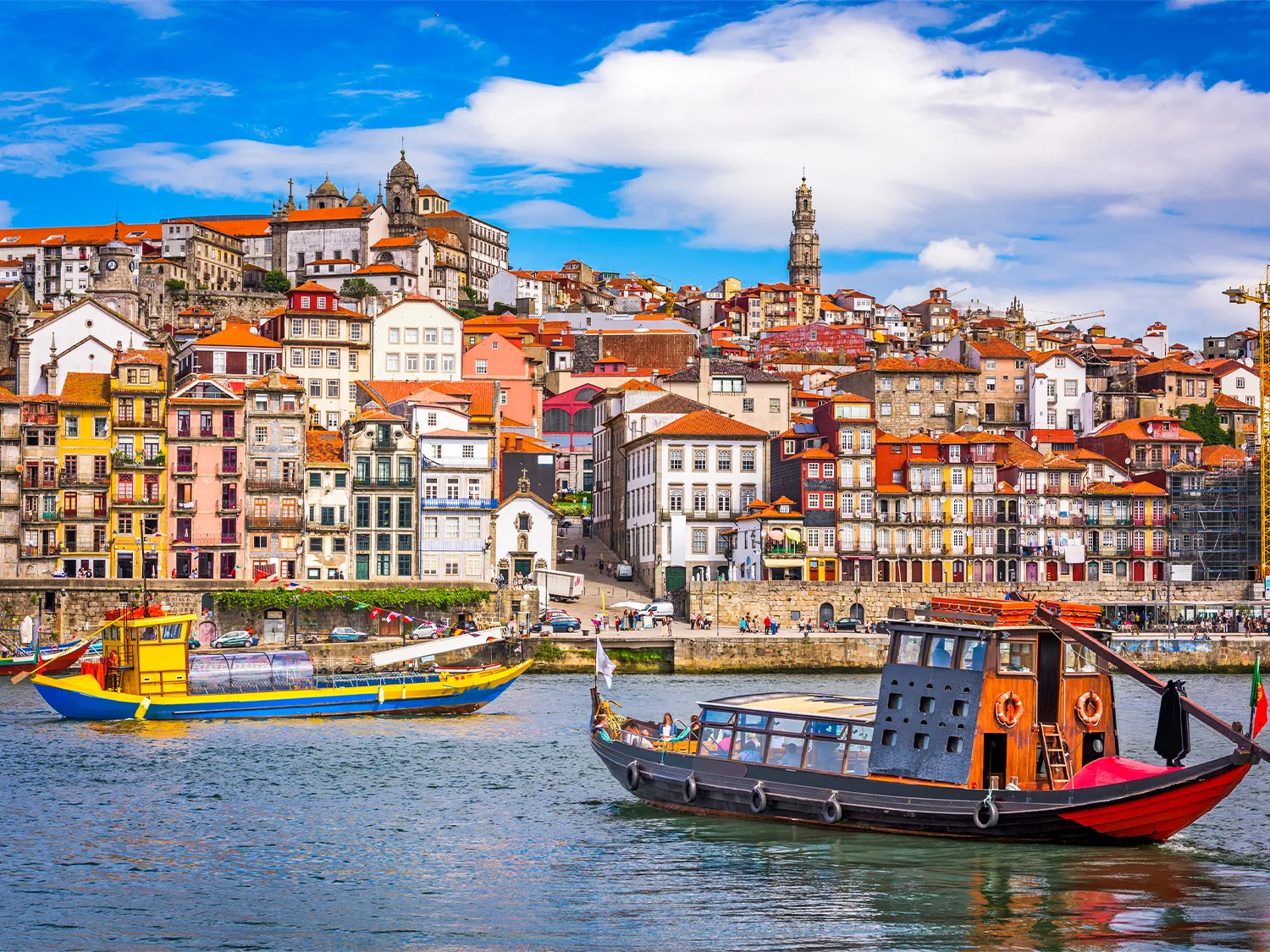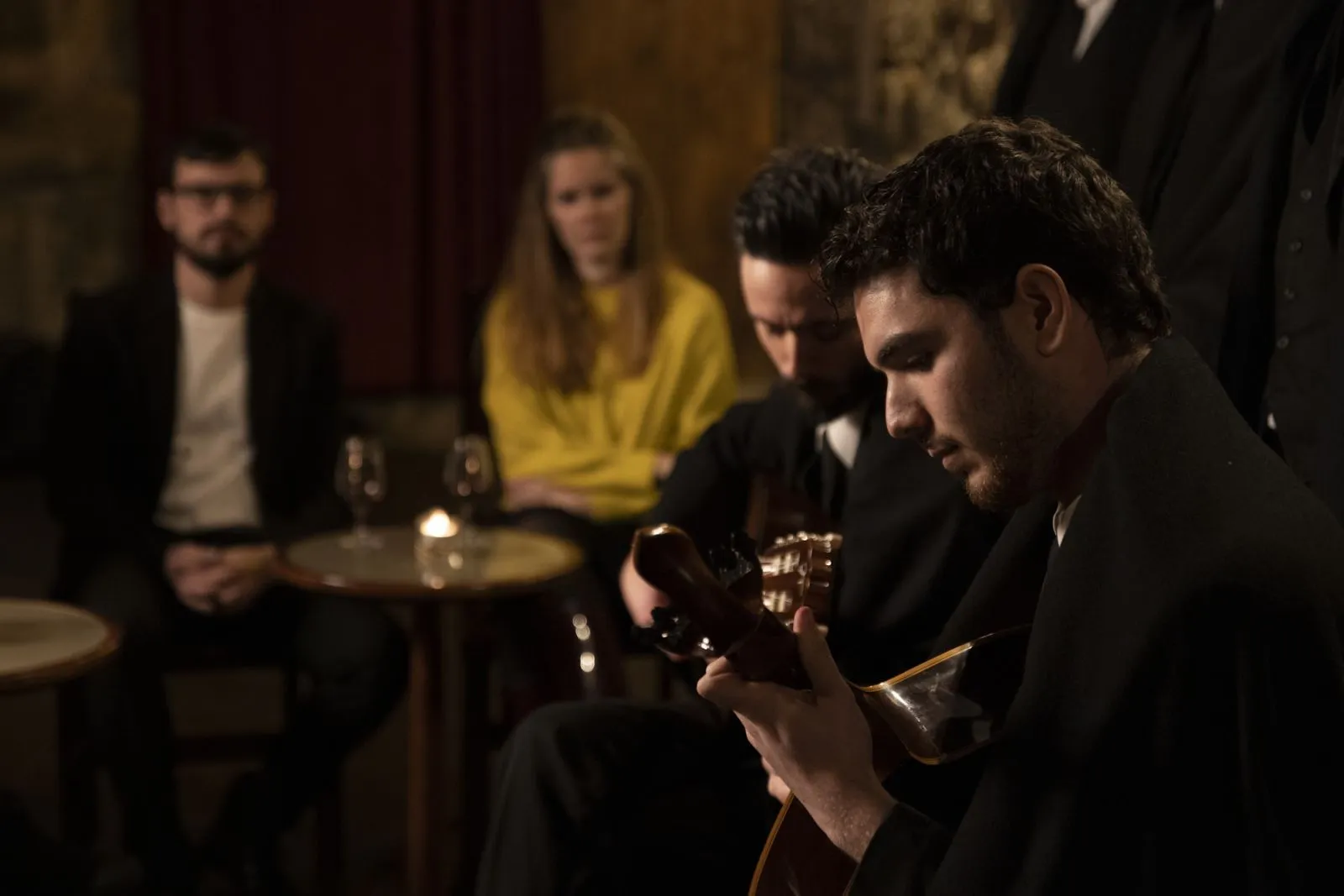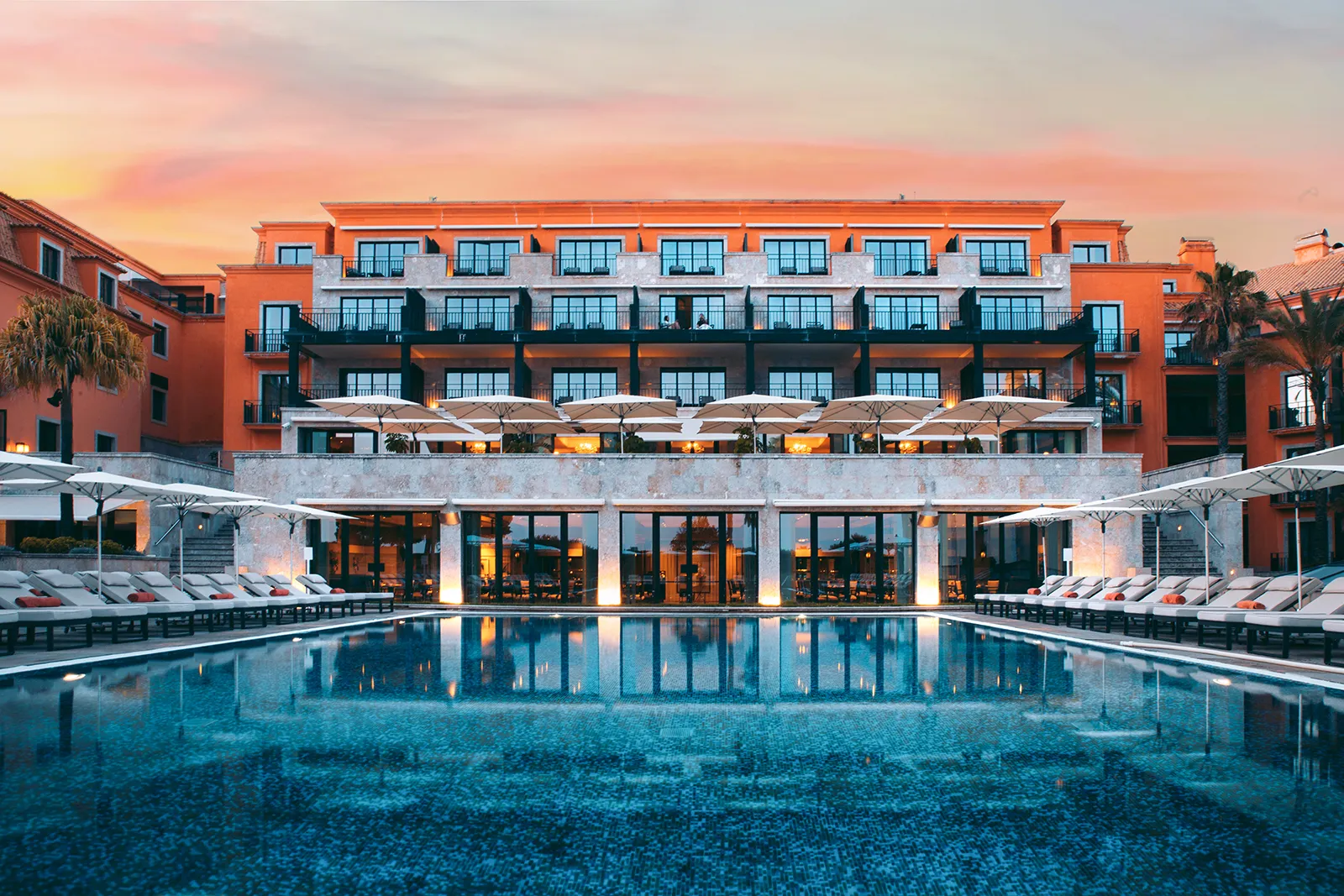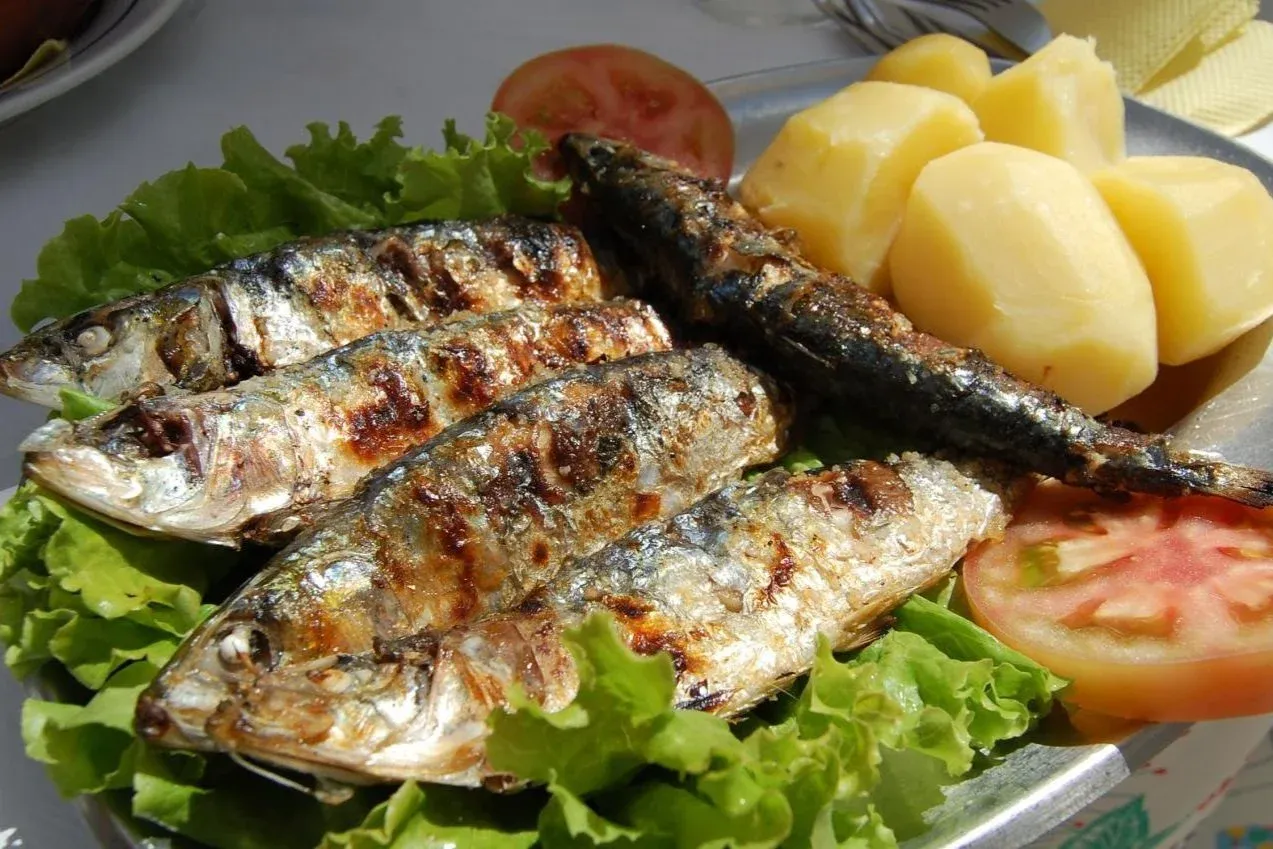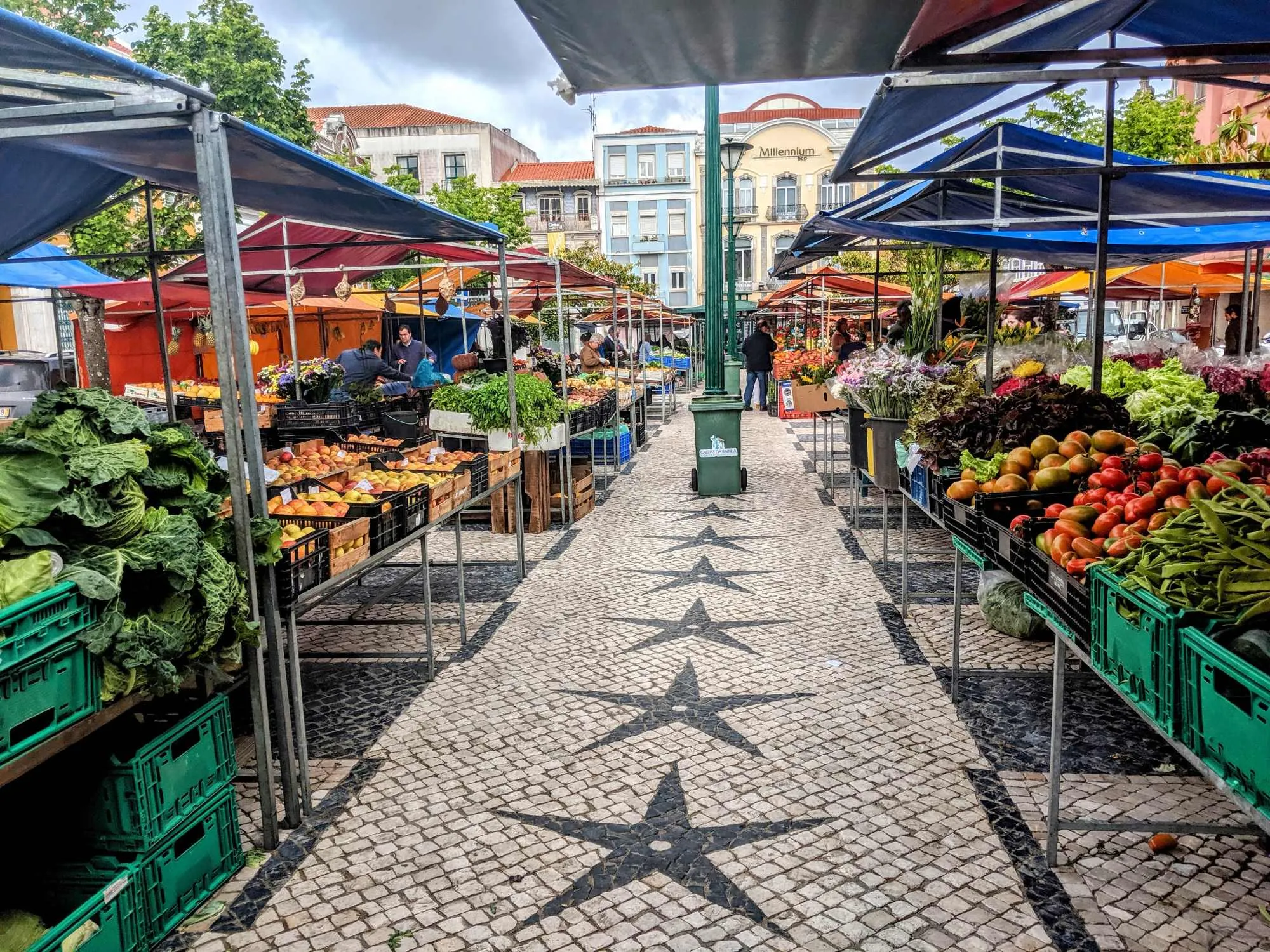Picture this: you’re handed a sun-warmed orange by a farmer with a wrinkled smile under an almond tree. That’s your first real taste of southern Portugal, and trust me, it’s far more authentic than any postcard. This experience isn’t just about the famous beaches, though they are absolutely stunning. A trip to southern Portugal offers two incredible journeys in one: the world-renowned Algarve with its dramatic sea caves and golden sands, plus the soulful Alentejo with its vast cork forests, fortified hilltop villages, and cuisine that is the heart of the country. After exploring these regions for over a decade, I’m sharing the insider knowledge you need to plan an unforgettable journey that goes way beyond the standard tourist trail.
Planning Your Southern Portugal Adventure from the US
Best Time to Visit Southern Portugal for Great Weather and Fewer Crowds
Here’s an insider secret most guidebooks won’t tell you: while the Algarve enjoys 300 days of sunshine annually, the character of your experience changes dramatically with the seasons. Sure, July and August deliver perfect sunbathing weather, but they also bring massive crowds and peak pricing that can seriously impact your budget.
The sweet spot for your Portugal trip is from April through June and September through October. During these shoulder seasons, you’ll still get pleasantly warm, sunny weather, but the crowds thin out, creating a relaxed atmosphere perfect for spontaneous discoveries. I’ve had travelers tell me that while summer offers prime beach conditions, the experience gets diluted by the sheer volume of visitors. Visit in May or October, and you might need a light jacket for evenings, but you’ll have magnificent stretches like Praia da Falésia almost to yourself.
Getting to Southern Portugal from the USA
For US travelers, you have two main airport options, and choosing the right one is strategic. Faro Airport (FAO) is your direct route if you’re focusing exclusively on the Algarve region. However, if you want to explore the Alentejo or spend a few days in Lisbon first, fly into Lisbon Airport (LIS) instead.
TAP Air Portugal offers direct flights from major US hubs like New York (EWR), Boston (BOS), and Miami (MIA). During the off-season, you can often find round-trip economy fares between $500-$900, but prices spike significantly in the summer. Book at least two to three months ahead for the best deals.
Why a Rental Car Is Key to Your Portugal Road Trip
Let me be straight with you: while you can navigate parts of the country using public transport, a rental car isn’t just convenient—it’s essential for unlocking the true potential of southern Portugal. The freedom to discover secluded beaches, wander through charming countryside villages, and traverse the vast Alentejo landscapes at your own pace is what transforms a good trip into an unforgettable one.
Practical Tips for US Drivers:
- Your US driver’s license is valid for short-term visits (under six months).
- Use comparison sites like DiscoverCars to evaluate major international companies alongside local providers.
- Choose a smaller “economy” vehicle. It may feel compact compared to US cars, but you’ll be grateful when navigating narrow, cobbled streets in historic towns like Lagos.
- Rent the electronic toll transponder (Via Verde) from your rental agency for about $1.50-$2 daily to avoid post-office payment hassles later.
Where to Stay in the Algarve: Choosing Your Perfect Base
Lagos: The Adventurer’s Hub
Lagos hits that perfect sweet spot—spectacular natural scenery, a historic old town, and an energetic atmosphere all rolled into one. It’s your ideal launchpad for exploring the iconic Ponta da Piedade cliffs and those stunning western beaches. Travelers consistently rave about its “really good mix of quality restaurants/bars and good beaches nearby.”
Tavira: The Authentic Escape
Located in the quieter eastern Algarve, Tavira sits gracefully along the Gilão River, showcasing strong Moorish and Roman influences—from its famous Roman Bridge to the hilltop castle ruins. This is your go-to for culture, relaxation, and escaping the intense tourist crowds. Plus, you get unique access to the barrier islands of Ria Formosa Natural Park, including the remarkable Praia do Barril with its “Anchor Cemetery.”
Carvoeiro and Ferragudo: The Picturesque Villages
These neighboring towns perfectly capture the idyllic vibe of a whitewashed Portuguese fishing village. Ferragudo, in particular, has managed to retain its authentic character, remaining free of “tacky tourist shops or hideous megahotels.” Carvoeiro, with its sheltered, lifeguard-patrolled beach, is perfect for families and serves as an access point for the famed Seven Hanging Valleys coastal trail.
Sagres: The Wild West
Positioned at the dramatic southwestern tip of continental Europe, Sagres delivers a raw, windswept, “end of the world” atmosphere. This isn’t about leisurely beach days; it’s about embracing nature’s power through surfing, hiking dramatic cliffs, and watching sunsets from the Cabo de São Vicente lighthouse. Travelers love its “surfy town with cool bars and restaurants” vibe that feels vibrant without being crowded.
The Albufeira Reality Check
I need to give you the honest take on Albufeira. As the region’s largest resort town, it’s the undisputed nightlife epicenter with its bustling Old Town and infamous “Strip.” However, many seasoned travelers find it overly commercialized and lacking authentic Portuguese charm. If you’re seeking a vibrant party atmosphere, Albufeira might work. If you want charm, history, and tranquility, stick with Lagos, Tavira, or the smaller villages.
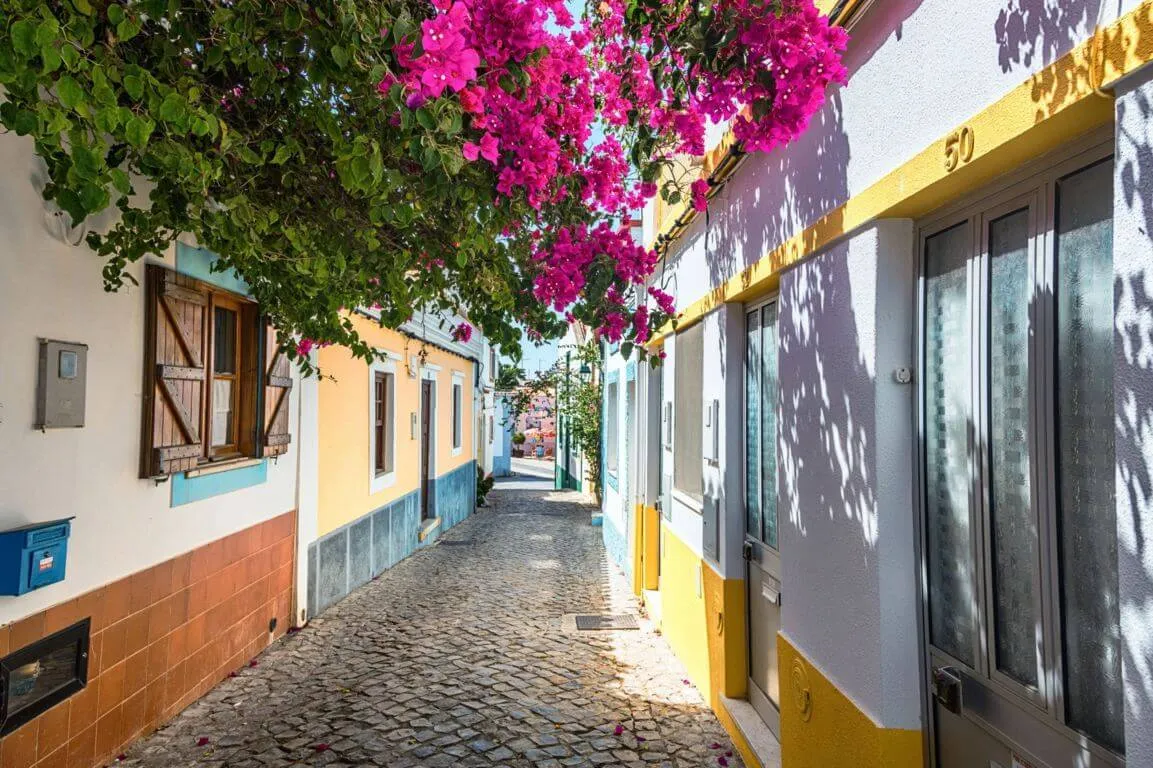
Unmissable Things to Do in the Algarve
Hike the Seven Hanging Valleys Trail
This 5.7 km clifftop path connecting Praia da Marinha with Praia de Vale Centianes showcases some of the Algarve’s most impressive scenery. You’ll pass stunning sea stacks, natural arches, and hidden coves like Carvalho Beach and Benagil Beach. Pro tip: while most guides suggest starting at Praia da Marinha, hiking in reverse gives you a more dramatic finale at the world-famous beach. Pack water, wear sturdy shoes, and look for the convenient food trucks in the parking lot above Praia da Marinha afterward.
Go Beyond the Benagil Cave
Sure, the Benagil Sea Cave, with its cathedral-like dome and sunlit oculus, is Instagram-famous for good reason. But skip those large, impersonal tour boats that can only peer in from a distance. Instead, rent a kayak or paddleboard from the adjacent Praia de Benagil and paddle directly into the cave. You can land on its secluded inner beach and witness sunlight streaming through the ceiling’s ‘eye.’ For the best light and fewest people, book a guided sunrise tour. If Benagil feels too crowded, local guides in towns like Alvor offer tours to equally magnificent but lesser-known sea caves around Praia de Boião.
Explore Ponta da Piedade Properly
The golden sandstone cliffs of Ponta da Piedade south of Lagos require a two-part strategy. First, walk the extensive boardwalks and pathways along the clifftops for breathtaking panoramic views. Then—and this is crucial—descend the long, steep staircase carved into the cliff face. At water level, local fishermen operate small boats offering private tours for around $20-$25 per person. These smaller vessels can navigate through narrow grottoes and under sea arches that big tour boats can’t reach, giving you a completely different and more immersive perspective.
Beach Hop Like a Local
The Algarve’s coastline offers over 100 beaches, from vast sandy stretches to tiny secluded coves. Your strategy should include both celebrated icons and lesser-known gems.
- The Icons: Praia da Marinha (so picturesque it was once a Microsoft screensaver) and Praia da Falésia, with its seemingly endless golden sand backed by dramatic red cliffs.
- The Hidden Gems: Praia do Carvalho, accessible only through a man-made tunnel carved into limestone cliffs, and Praia do Camilo near Lagos, famous for its long wooden staircase descending to interconnected coves.
The Alentejo: Portugal’s Rustic Heartland
Why You Should Venture North of the Algarve
The Alentejo serves as the perfect antidote to the summer intensity of the Algarve. Known as Portugal’s “breadbasket,” it’s a vast, sparsely populated landscape of rolling plains, ancient cork forests, and sprawling olive groves, all moving at a profoundly slower pace. This is where you go for deep history, authentic gastronomy, and a serene tranquility that’s increasingly rare in coastal resorts. This region is a key part of the southern Portugal experience.
Historic Wonders and Hilltop Villages
- Évora: The Alentejo capital and a UNESCO World Heritage Site, Évora captivates with monuments spanning millennia. Key sights include the remarkably preserved Roman Temple, the imposing Gothic Sé Cathedral, and the unforgettable Capela dos Ossos (Chapel of Bones), with walls lined with thousands of human skulls and bones.
- Monsaraz: This tiny, fortified medieval village is perched dramatically on a hilltop overlooking the Spanish border and the vast Alqueva Lake. It feels like a place where time has stopped. The experience is less about specific sights and more about the magical atmosphere of wandering narrow cobbled streets and taking in sweeping panoramic views from the castle battlements.
- Elvas and Estremoz: These towns showcase the region’s history as a fortified frontier. Elvas, another UNESCO site, features massive 17th-century star-shaped fortifications—the largest of their kind worldwide. Estremoz is known as the “white city” for its ubiquitous, locally quarried marble that adorns many buildings.
The “New” Alentejo Coast
The area around Comporta and Melides offers a completely different seaside experience from the Algarve’s scalloped bays. Located just south of Lisbon, this region features vast, wild, and often deserted beaches backed by fragrant pine forests and sprawling rice paddies. Over the past decade, it has quietly become a haven for artists, designers, and travelers seeking an understated, bohemian-chic escape. The vibe is often compared to “Ibiza or St. Tropez 30 years ago”—relaxed and undeveloped, where luxury means privacy and simplicity.
A Taste of the Alentejo
Alentejo cuisine is the soul of Portugal—hearty, honest, and deeply rooted in the land. It’s built on a “holy trinity” of pork, bread, and olive oil. Must-Try Dishes:
- Porco Preto (Iberian Black Pork): Free-range pigs feast on acorns in cork forests, giving their meat a unique nutty flavor and rich marbling.
- Açorda à Alentejana: A savory bread soup made by pouring fragrant garlic, olive oil, and fresh cilantro broth over stale bread, typically topped with a poached egg.
- Ensopado de Borrego: A classic lamb stew with tender meat slow-braised with wine, garlic, bay leaves, and herbs.
- Local Cheeses: Creamy, pungent sheep’s milk cheeses from Serpa, Nisa, and Évora.
The region also produces bold, full-bodied red wines made from grapes like Aragonez and Trincadeira. A winery visit for tours and tastings is essential.
Southern Portugal Travel Costs for US Visitors
Portugal remains one of Western Europe’s most affordable destinations. Here’s a daily budget estimate per person:
- Accommodation: $150-$250 per night for well-regarded 4-star hotels, boutique guesthouses, or modern apartments.
- Food: $40-$60 per day, mixing inexpensive local café meals with substantial restaurant dinners.
- Car Rental and Gas: $40-$70 per day, including the rental, fuel, and electronic tolls.
- Activities: $20-$50 per day, covering museum entries or boat tours.
The Alentejo generally costs less than popular Algarve coastal resorts, though exclusive luxury hotels and farm stays can command premium prices.
Southern Portugal Itinerary Ideas (7 & 10 Days)
7-Day Algarve Coastal Explorer
- Days 1-2: Arrive at Faro Airport, drive east to your Tavira base, explore the historic center and Roman Bridge, and visit the unique Praia do Barril on Ilha de Tavira.
- Days 3-4: Relocate to the central Algarve (Carvoeiro or Ferragudo), hike the Seven Hanging Valleys Trail, visit Benagil Cave by kayak, and explore the Algar Seco boardwalk.
- Days 5-6: Move west to your Lagos base, explore Ponta da Piedade from the clifftops and by boat tour, and beach hop at Praia do Camilo and Praia Dona Ana.
- Day 7: Take a morning drive to Sagres to see the fortress and Cabo de São Vicente lighthouse, then return to Faro Airport.
10-Day Algarve and Alentejo Discovery
- Days 1-2: Arrive in Lisbon and explore the capital’s vibrant neighborhoods.
- Days 3-4: Drive to your Évora base, explore the UNESCO city, Roman Temple, Chapel of Bones, and nearby megalithic sites.
- Day 5: Drive to the medieval village of Monsaraz, explore the castle and streets, then continue south to the Algarve.
- Days 6-8: Establish a base in the quiet eastern Algarve (Tavira or Ferragudo), relax on the beaches, and visit the Olhão fish market.
- Day 9: Take a day trip to the rugged Atlantic coast to explore Carrapateira and Praia da Arrifana.
- Day 10: Return to Lisbon via Comporta for a final, unique coastal experience.
Southern Portugal delivers that perfect combination of coastal beauty and cultural depth that keeps travelers coming back for more. Whether you’re drawn to the Algarve’s dramatic cliffs or the Alentejo’s timeless villages, this region offers an authentic experience that goes far deeper than a typical beach destination. You’ll taste that sun-warmed orange sweetness in every memory you take home from your unforgettable trip.
Read more:
